Nostalgia on Tuesday: Making of a port
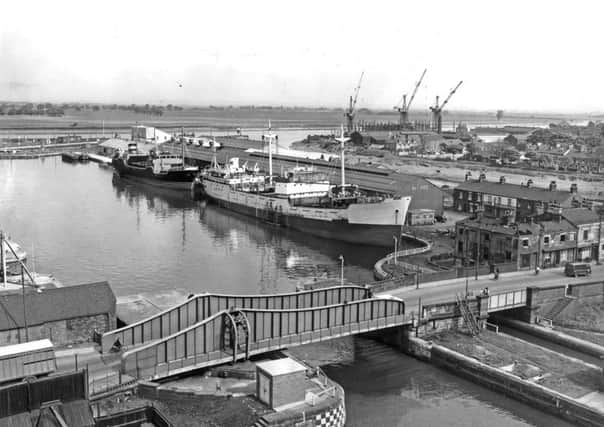

During the early 1660s plans were put in motion by King James I to drain low-lying hunting land, at Hatfield Chase, South Yorkshire, around 10 miles south of Goole.
James invited Cornelius Vermuyden from Zeeland in Holland to drain Windsor Great Park and the Cambridgeshire Fen. A little later Vermuyden tackled the drainage problems of Hatfield Chase. The main work was completed in 1628 and included the River Don being concentrated into a single channel and washland running into the River Aire.
Advertisement
Hide AdAdvertisement
Hide AdWhile this served the drainage purpose, there was severe flooding around Fishlake, Sykehouse and Snaith. The washlands had insufficient capacity and by 1635 a new channel, the ‘Dutch River’, was completed, extending from New Bridge to a sluice at Goole at a cost of £33,000.
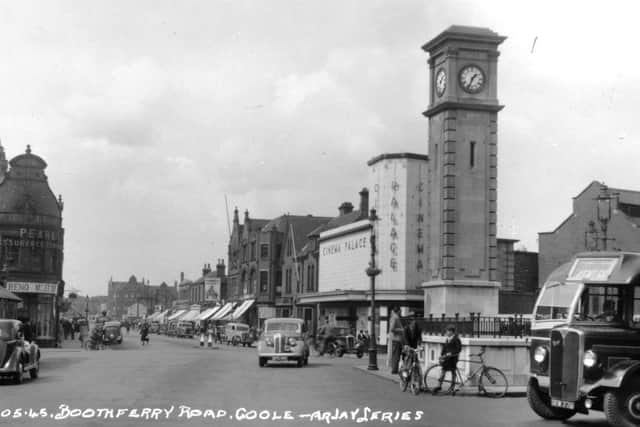

Tidal flow widened the Dutch River enabling large barges and vessels of up to 30 tons to reach Fishlake and small craft Doncaster. Above Doncaster at this time there was no water carriage.
Improved drainage in the Hatfield Chase area along with a practice known as ‘warping’ led to the establishment of much-needed growing areas. Warping involved letting turbid river water flood on to agricultural land, so that its suspended sediment could form a layer, before letting the water drain away. By this method poor soils were covered with fertile fine silt (or warp) and their value increased.
In the 17th century Goole, or Gowl as it was known, contained a scattering of cottages, the inhabitants largely relying on agriculture for a living. Water-borne traffic had increased considerably by the close of the 18th century, and the Aire & Calder Navigation rose to provide an outlet for goods from the West Riding to the Ouse at Goole.
Advertisement
Hide AdAdvertisement
Hide AdNot only was a canal between Knottingley and Goole planned, but also the establishment of docks in the latter area. A route to the Dutch River was envisaged but abandoned.
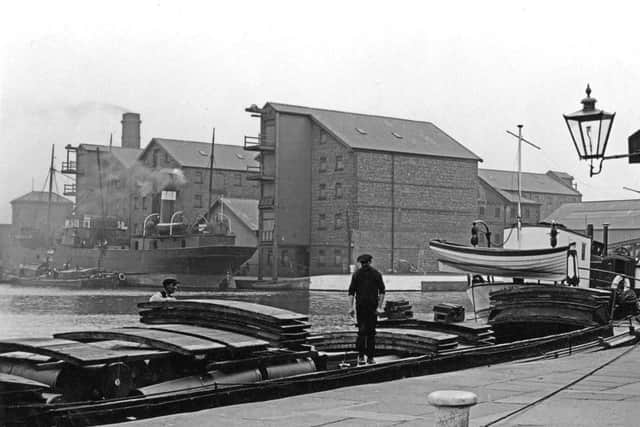

The Leeds Mercury of Saturday June 9, 1821 ran a notice to inform canal contractors that lots were to be let at Ferrybridge’s Angel Inn at noon on June 21, 1821 ‘for the cutting, excavating and completing of that part of the intended canal from Knottingley to Goole’.
The first stone of the scheme was laid on September 28, 1822. Three years later on July 28, 1825, a party of Aire & Calder directors travelled from Ferrybridge, where their new canal joined the River Aire, into the docks at Goole.
The canal was nearly 18 miles long and 63 ft wide on the surface. It was crowned by 16 stone bridges and eight cast iron swivel bridges, and about 15 culverts were laid under the canal for draining, and also warping adjacent land.
Advertisement
Hide AdAdvertisement
Hide AdThere were locks at Ferrybridge, Whitley, Pollington and Goole. A connection to the Aire and the Selby canal was maintained by the lock at Banks Dole. For a stretch between New Bridge and Goole the canal ran alongside the Dutch River.
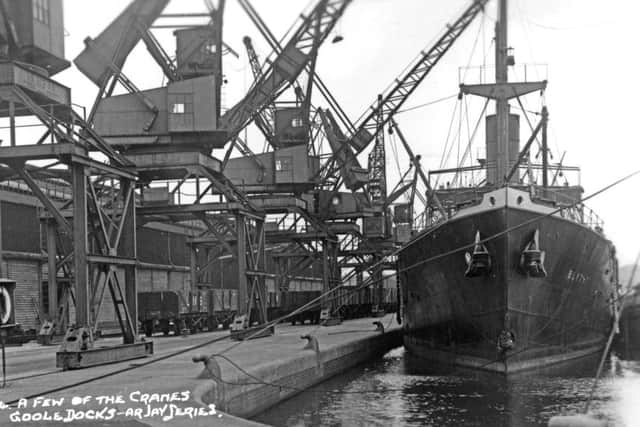

At Goole a barge lock, 72.5 by 22 feet (22.1 by 6.7m) and a ship lock, 120 by 33.7 feet (36.6 by 10.3m), capable of taking vessels up to 400 tons, connected the extensive docks to the Ouse. Spacious warehouses were also erected alongside the docks and work was undertaken on creating a new town to accommodate all those associated with the new adventure to the north of the old Goole settlement.
Also in 1825 an appeal from Leeds was signed by nearly 200 bankers, merchants, manufacturers and others and sent to the Lords of the Treasury. It urged them to license Goole as a port. Similar documents were prepared from Bradford, Halifax, Huddersfield, Wakefield, Rochdale and Manchester.
It was argued that Kingston-upon-Hull could not then provide adequate accommodation for vessels.
Advertisement
Hide AdAdvertisement
Hide AdAfter a few days of unprecedented drought, the public opening of the Aire & Calder new canal and the port of Goole took place at 10am on Thursday July 20, 1826. Many spectators assembled at Ferrybridge to witness the departure of the opening procession, comprising flour fly-boats decorated with national flags and banners, attended by several music bands and followed by forty or fifty vessels. Between three and four pm the procession entered the Barge Dock at Goole under a royal salute of 21 guns, fired from 12 pounders stationed on the pier, amidst the excitement of thousands of spectators.
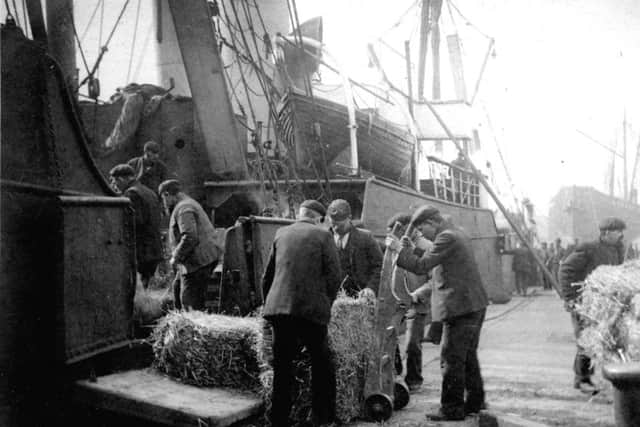

Afterwards a large party sat down to dinner at the recently built Banks’ Arms. The entire workforce employed in the erection of the new town, about 500, were entertained until late.
Houses were built, for the resident agent, Dock Master and other officers. About 30 houses were also completed and upwards of 70 more were almost finished, altogether forming the north east part of the new town. The new thoroughfares included Aire Street, Ouse Street, George Street and East Parade. There was a market square and open market in Ouse Street.
Previously on the site of the new town was a variety of buildings including a windmill, public house, smith’s workshop and a few houses and cottages. Land near the mouth of the Dutch River was acquired for £80 to £95 an acre.
Advertisement
Hide AdAdvertisement
Hide AdGoole became an official port in 1827 and opened its lock gates to foreign trade on April 6, 1828. At this time Goole had a population of about 450. It is now a sizeable town with around 18,000 inhabitants.
Goole was formerly mostly associated with the shipment of coal, particularly once the railways arrived. With the demise of the mining industry the port handles a wide range of commodities and remains very busy today.